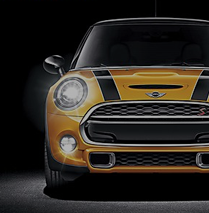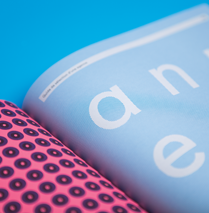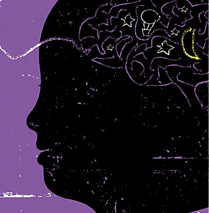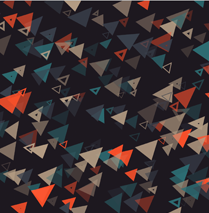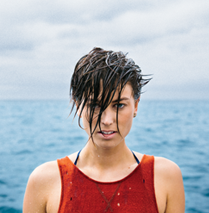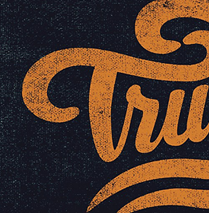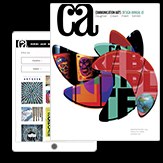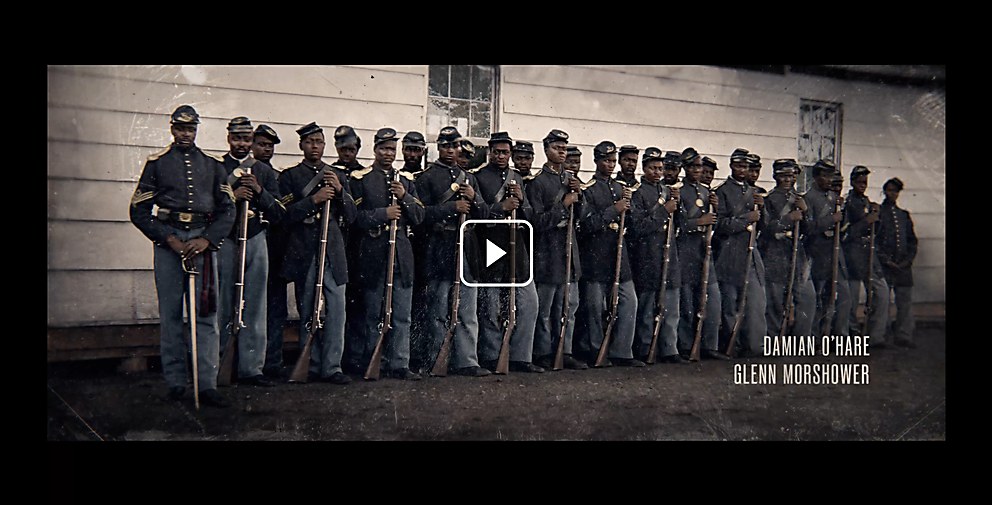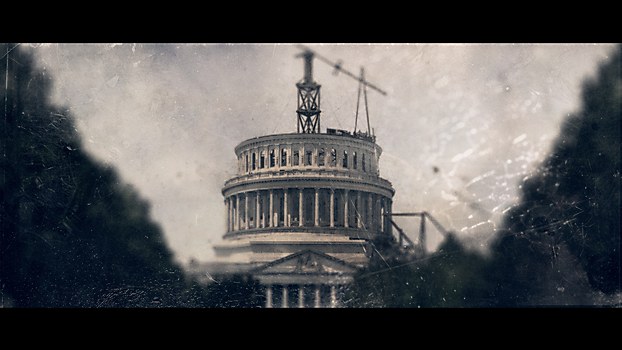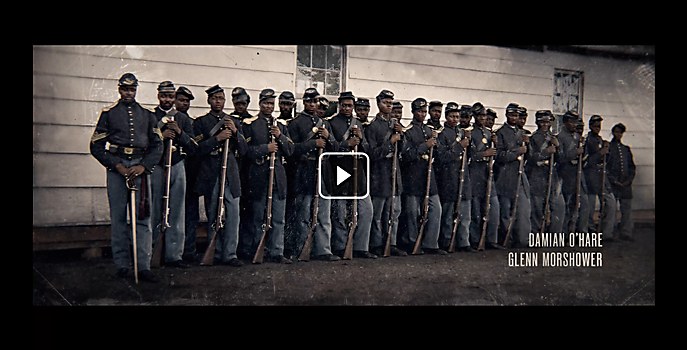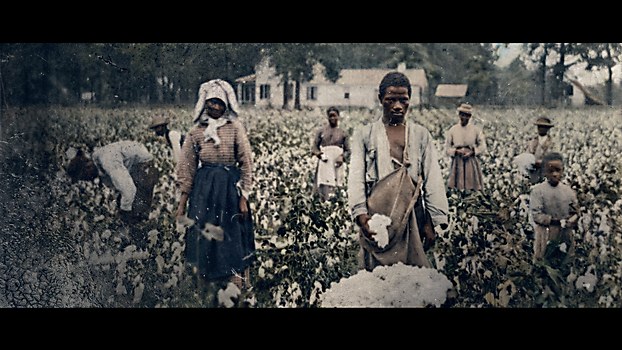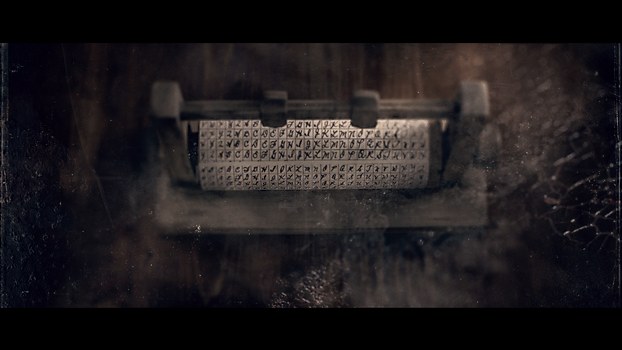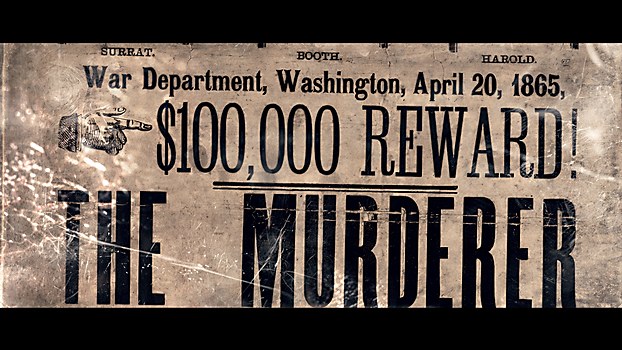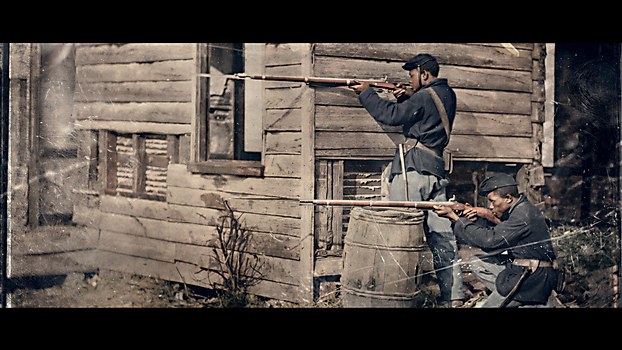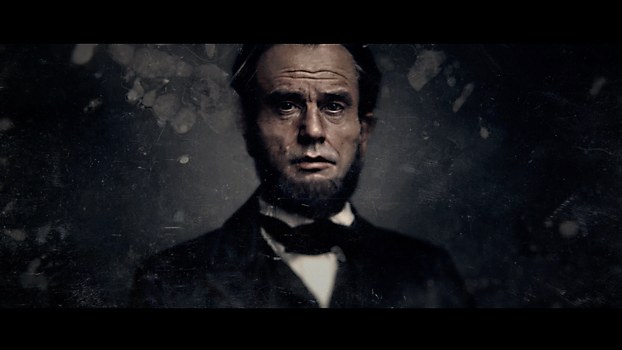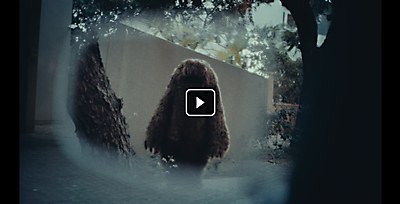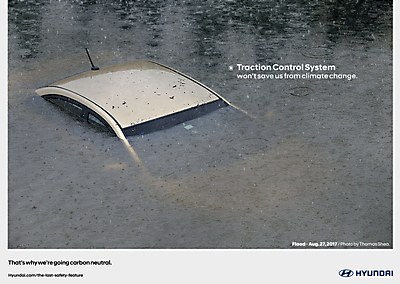Responses by Andrew Julien, creative director, Digital Kitchen.
Background: Building on the vision of Apple TV+’s series MANHUNT crafted by creator and showrunner Monica Beletsky, our aim was to create a title sequence that evokes the era, environment and countrywide tensions surrounding the buildup to and aftermath of President Lincoln’s assassination by John Wilkes Booth, something that resonates with historical enthusiasts but also compels fans of conspiracy thrillers.
Design core: The title’s concept draws inspiration from the swelling national tensions and turbulence formed in the wake of Lincoln’s tragic assassination, the tumultuous backdrop of post–Civil War America, and the nationwide pursuit of Booth. We wanted the sequence to immerse viewers in a journey through one of the most pivotal moments in American history. To do so, we ensured it felt rooted in authenticity by using archival photographs, which we brought to life with modern techniques. All of this combined gives the sense of urgency symbolic with the period.
Challenges: Aside from the technical challenges, finding the appropriate balance and tone for the title sequence was challenging. How much do we “re-tell” the story versus using key moments to accentuate the title with more tonal elements and setting the scene for the viewer?
Favorite details: The combination of techniques we used truly varied—restoring and colorizing archival photographs, live-action production for the “corrosion” effect and some of the forest scenes, 2-D and 3-D design, animation, and compositing.
Visual influences: We were inspired by photography techniques used around the time of the Civil War and Lincoln’s assassination. The work of Timothy H. O’Sullivan and Matthew Brady, both prominent photographers of the Civil War era. Stereographs, one of first techniques made to explore three-dimensional imagery. And the original daguerreotype photography technique from the mid-1800s, which influenced our approach to the corrosive animation effects used throughout the sequence.
Specific project demands: There were many technical challenges. First, finding, restoring and colorizing archival photos: many of the photos came from the Library of Congress and were in various states of legibility, given that they are more than 150 years old. Second, creating the corrosive effect on the photos was developed in live action and required a meticulously planned shoot: Frames and images were first printed out on transparency film with an inkjet printer. Different brands of transparency were used to create different reactions with gesso, medium and other various chemicals against the printer ink. For additional tintype reactions, we used acetone and alcohol to create further erosion and melting effects—a technique also used on the film prints.


